I'll be completely honest with you – I used to be terrible at storing outdoor cushions. Every spring, I'd drag out what looked like sad, moldy remnants of what were once beautiful cushions, wondering why I bothered investing in nice outdoor furniture at all. Then I watched my neighbor pull out cushions that looked brand new after an entire winter in storage, and I knew I had to figure out what I was doing wrong.
Turns out, proper cushion storage isn't rocket science, but it does require understanding a few key principles that most people (including past me) completely ignore. The difference between cushions that last two seasons and ones that look great for a decade often comes down to how you store them during the off-season and even day-to-day when they're not in use.
After years of trial and error – and some expensive mistakes – I've developed a storage system that keeps outdoor cushions looking fresh, prevents damage, and actually makes my life easier rather than more complicated. Let me share what I've learned so you don't have to go through the same frustrating cycle of replacing cushions every couple of years.
Understanding What Damages Outdoor Cushions During Storage
Before jumping into storage solutions, it's crucial to understand what we're protecting against. Most cushion damage during storage isn't from obvious things like mice or flooding – it's from invisible enemies that work slowly but devastatingly over time.

Moisture: The Silent Killer
Moisture is by far the biggest threat to stored cushions, but it's sneakier than you might think. Even cushions that feel completely dry can retain enough moisture to cause problems over months of storage. I learned this the hard way when cushions I was sure were bone dry came out of storage with mysterious dark spots that turned out to be mildew.
The problem is that outdoor fabrics are designed to dry quickly, not necessarily to release every bit of moisture. That remaining dampness, combined with limited air circulation in storage, creates perfect conditions for mold and mildew growth.
Never Store Damp Cushions
Even if cushions feel dry to the touch, they may still contain moisture. Always allow at least 48 hours of dry weather drying time before storage, and consider using moisture-absorbing products for extra protection.
Temperature Fluctuations
Extreme temperature changes cause materials to expand and contract, which can weaken fabric fibers and stitching over time. More importantly, temperature swings often come with humidity changes that can cause condensation inside storage containers – turning your protective storage into a moisture trap.
I made this mistake with a supposedly "waterproof" storage container that worked great until the first warm day, when condensation formed inside and soaked everything. Now I understand that temperature-stable storage locations are just as important as waterproof ones.
UV Damage Even in Storage
This one surprised me – cushions can suffer UV damage even when stored if they're near windows or in areas with indirect sunlight. The cumulative effect of low-level UV exposure over months can cause fading and fabric degradation that's just as damaging as leaving cushions outside.
Pre-Storage Preparation: The Foundation of Success
The most sophisticated storage system in the world won't save cushions that weren't properly prepared for storage. This preparation phase is where most people cut corners, and it's usually where things go wrong.

Deep Cleaning Protocol
Surface cleaning isn't enough for long-term storage. I've developed a deep cleaning routine that addresses both visible dirt and invisible contaminants that can cause problems months later.
Start with a thorough vacuum to remove embedded dirt and debris – pay special attention to crevices and tufted areas where particles hide. Then use a solution specifically designed for outdoor fabrics. Regular household detergents can leave residues that actually attract dirt and moisture over time.
Pre-Storage Cleaning Checklist:
- Vacuum all surfaces, paying attention to seams and crevices
- Spot-treat any stains with appropriate cleaners
- Clean all surfaces with outdoor fabric cleaner
- Rinse thoroughly and allow complete drying
- Check for any repairs needed before storage
- Apply fabric protection if recommended by manufacturer
Complete Drying: The 48-Hour Rule
Here's where I see most people make mistakes – they clean their cushions, wait for them to feel dry, and immediately pack them away. Feeling dry and being storage-ready are two different things.
I follow what I call the 48-hour rule: cushions need at least 48 hours of dry weather drying time after cleaning, with good air circulation on all sides. This might seem excessive, but I haven't had moisture-related storage problems since implementing this rule.
During drying, flip cushions periodically and separate any zippered covers from inserts if possible. The goal is complete moisture elimination, not just surface drying.
Storage Location: Choosing the Right Environment
Where you store cushions is often more important than how you store them. I've seen expensive storage solutions fail completely because they were placed in inappropriate locations.
Climate-Controlled vs. Unheated Spaces
Climate-controlled storage is ideal but not always necessary. The key factors are temperature stability and low humidity rather than specific temperature ranges. A consistently cool, dry basement often works better than a heated space with high humidity fluctuations.
I store my cushions in an unheated but well-ventilated garage, and they do beautifully because the temperature stays relatively stable and humidity remains low. The key is avoiding spaces that experience dramatic daily temperature swings.
Ventilation Requirements
Even in the best storage containers, some air circulation helps prevent moisture buildup and stagnant air conditions that promote mold growth. This doesn't mean storage areas need to be drafty, but they shouldn't be completely sealed environments either.
If your only storage option is a tight space, consider using moisture-absorbing products and checking on stored items periodically during long storage periods.
Pro Storage Tip:
Place a simple humidity gauge in your storage area. Consistently high humidity (over 60%) means you need better ventilation or moisture control, regardless of how good your storage containers are.
Storage Container Options: What Actually Works
The market is flooded with storage solutions, but not all are created equal for outdoor cushions. I've tried everything from fancy designer storage benches to simple plastic bins, and the results might surprise you.

Breathable vs. Sealed Storage
This is where conventional wisdom often gets it wrong. Most people assume that sealing cushions away from air is protective, but outdoor cushions often do better in breathable storage that allows some air circulation while keeping out moisture and pests.
I use a combination approach: custom cushion covers with breathable fabric bags for most cushions, and sealed containers only for cushions with special materials or in particularly challenging storage environments.
Storage Method Comparison:
| Storage Method | Best For | Moisture Protection | Breathability | Cost |
|---|---|---|---|---|
| Breathable fabric bags | Standard outdoor cushions | Good | Excellent | Low |
| Plastic storage bins | Harsh environments | Excellent | Poor | Medium |
| Vacuum-sealed bags | Space-limited storage | Excellent | None | Low |
| Deck storage boxes | Frequent access needed | Good | Fair | High |
DIY Storage Solutions That Work
Some of my most successful storage solutions have been creative combinations of basic materials rather than expensive specialty products. For example, I use large cotton sheets as dust covers inside ventilated plastic containers – this provides dust protection while maintaining breathability.
Old cotton pillowcases work wonderfully for smaller cushions and accent pieces. They're breathable, washable, and cost almost nothing. Just make sure they're completely clean and dry before use.
Seasonal Storage Strategies
Different seasons require different storage approaches, and understanding these nuances can significantly extend cushion life. I've learned to adjust my storage method based on how long cushions will be stored and what conditions they'll face.

End-of-Season Storage
When summer ends, most people just want to get cushions out of the way quickly. But taking time for proper end-of-season storage pays huge dividends come spring. This is when I do the most thorough cleaning and preparation because cushions might be stored for 4-6 months.
I also take this opportunity to do any needed repairs. Small problems like loose stitching or minor wear become major issues when left to worsen during months of storage. Addressing them before storage means cushions come out ready to use rather than needing immediate attention.
Mid-Season Protection
Even during active use season, cushions benefit from protection when not in use. I keep lightweight covers handy for unexpected rain or when we'll be away for extended periods. This isn't about long-term storage but about preventing unnecessary wear and exposure.
Quick-deploy protection also means I'm more likely to actually use it. Complicated storage systems tend to get ignored when you just want to cover cushions for a few days.
Winter Storage Monitoring
Long-term storage benefits from occasional monitoring, especially during unusually wet or humid periods. I check on stored cushions once or twice during winter, looking for any signs of moisture problems or pest activity.
This might seem like overkill, but catching problems early prevents complete loss. A small moisture issue discovered in January can be addressed; the same issue discovered in April often means ruined cushions.
Storage Check Schedule
For storage periods longer than 3 months, plan to check stored cushions at least once mid-way through. Look for moisture, unusual odors, or any signs of pest activity. Early detection prevents total loss.
Common Storage Mistakes and How to Avoid Them
After helping numerous friends and neighbors with their storage challenges, I've noticed that the same mistakes come up repeatedly. Most are easy to avoid once you know what to watch for.

The "Good Enough" Cleaning Trap
Surface-level cleaning might make cushions look ready for storage, but invisible contaminants like salt from sweat, food residues, and environmental pollutants continue working during storage. These contaminants can cause staining, odors, and fabric degradation that become apparent only after months in storage.
I learned to treat storage preparation like preservation rather than just cleaning. The goal isn't just removing visible dirt but creating conditions where cushions remain stable during storage.
Overpacking Storage Containers
It's tempting to cram as much as possible into storage containers, but compressed cushions can develop permanent shape distortion and stress points that lead to premature wear. Cushions need some space to maintain their shape and allow minimal air circulation.
I use the "comfortable fit" rule – if I have to force a cushion into a container or compress it significantly, the container is too small. Better to use two containers than damage cushions trying to save space.
Ignoring Fabric-Specific Needs
Different outdoor fabrics have different storage requirements, but most people use the same approach for everything. Solution-dyed acrylics, vinyl, and natural fiber blends all benefit from slightly different storage conditions.
When in doubt, check manufacturer guidelines. Many cushion problems that seem like manufacturing defects are actually storage-related issues that voided warranties.
Extending Cushion Life Through Smart Storage Habits
The goal of good storage isn't just preventing damage – it's actively extending cushion life so they look and feel great for years longer than they would otherwise. This requires thinking about storage as part of overall cushion care rather than just off-season necessity.

Rotation Strategies
If you have multiple sets of cushions or extra pieces, rotating them extends everyone's life by reducing individual wear. I keep one set in active use while others are stored, switching them out periodically. This means cushions get recovery time between use periods.
Rotation also lets me match cushions to conditions – using more weather-resistant pieces during questionable weather and saving premium cushions for perfect conditions.
Protective Treatments
Modern fabric protection treatments can significantly extend cushion life, but they need to be reapplied periodically and work best when applied before storage. I treat this as part of my storage preparation routine rather than something I do randomly.
The key is using treatments specifically designed for outdoor fabrics. Indoor fabric treatments often don't hold up to UV exposure and weather conditions that outdoor cushions face.
Investment Perspective:
Quality custom outdoor cushions represent a significant investment. Proper storage can easily double or triple their useful life, making the time invested in good storage practices one of the best returns you'll get on household maintenance efforts.
Creating a Sustainable Storage System
The best storage system is one you'll actually use consistently. I've seen people create elaborate storage protocols that work perfectly but are so complicated they abandon them after one season. Sustainable systems balance effectiveness with practicality.

Streamlining the Process
My current storage routine takes about the same time as my old haphazard approach, but the results are dramatically better because I've streamlined the effective steps and eliminated busywork that didn't actually help.
For example, I used to overthink container selection and spend time researching "perfect" solutions. Now I use a simple but effective system with containers I can easily find and replace if needed. The consistency matters more than having the theoretically optimal setup.
Involving Family Members
Storage systems that depend on one person doing everything perfectly tend to break down when that person is busy or traveling. I've designed our storage routine so that anyone in the family can handle basic cushion protection, even if they don't do the full deep storage preparation.
This means having quick-cover solutions for unexpected weather and simple guidelines that work even when followed imperfectly.
When to Replace vs. Restore
Even with perfect storage, outdoor cushions eventually need replacement. Knowing when you've reached that point can save money and frustration compared to trying to extend cushions beyond their practical life.

Restoration Opportunities
Sometimes cushions that look beyond saving actually just need new covers or minor repairs. I've restored cushions that I almost threw away by replacing worn covers while keeping perfectly good inserts. This approach can give you several more years of use at a fraction of replacement cost.
Custom cushion covers are particularly valuable for restoration projects because you can improve on the original design while reusing components that are still in good condition.
Knowing When to Let Go
Cushions with compromised structure, permanent mold damage, or significant shape loss are usually not worth restoring. Trying to extend their life often results in continued frustration and space that doesn't feel comfortable or attractive.
I use the "guest test" – if I wouldn't be comfortable offering this seating to guests, it's time for replacement rather than continued repairs.
Protect Your Investment with Professional-Quality Solutions
Proper storage is one of the best investments you can make in your outdoor furniture, but it starts with choosing cushions that are designed to last. At Rulaer, we understand that great outdoor cushions are meant to provide years of comfort and beauty, which is why we design every piece with longevity in mind.
Our custom outdoor cushions use premium materials and construction techniques that respond well to proper care and storage. When you invest in quality from the beginning, good storage practices can keep your cushions looking and feeling like new for many years.
Whether you're looking to replace worn cushions with something built to last, or want to create custom bench cushions that perfectly fit your space and storage needs, we're here to help you make choices that will serve you well for years to come.
Don't let poor storage practices waste your investment in quality outdoor furnishings. Start with cushions designed for longevity, then protect that investment with storage practices that actually work. Your future self will thank you every spring when you uncover cushions that still look amazing.

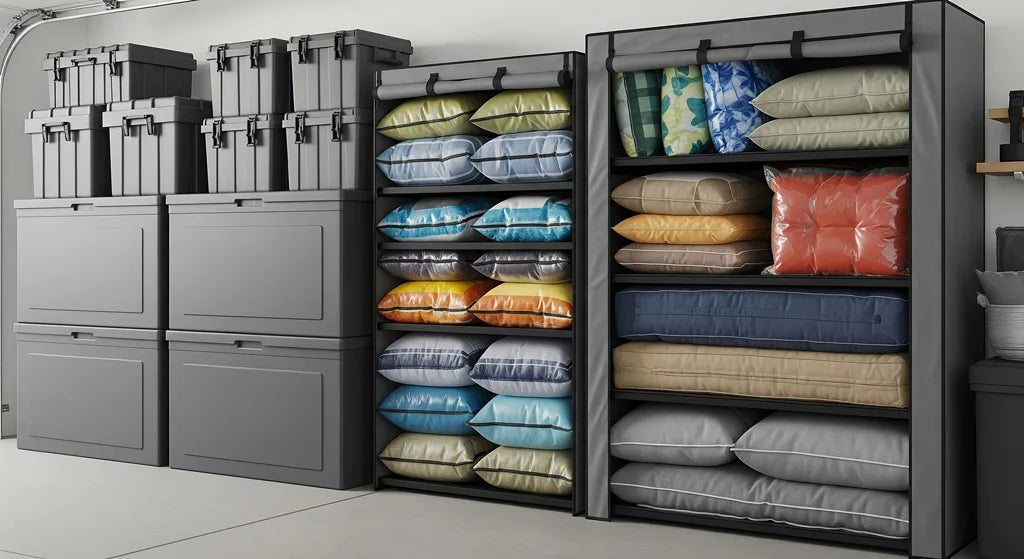
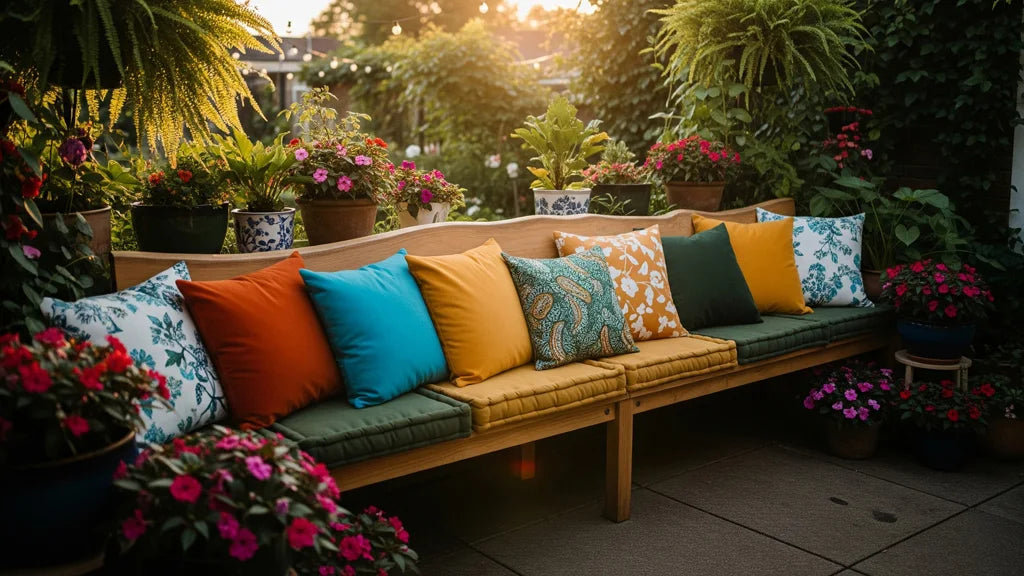
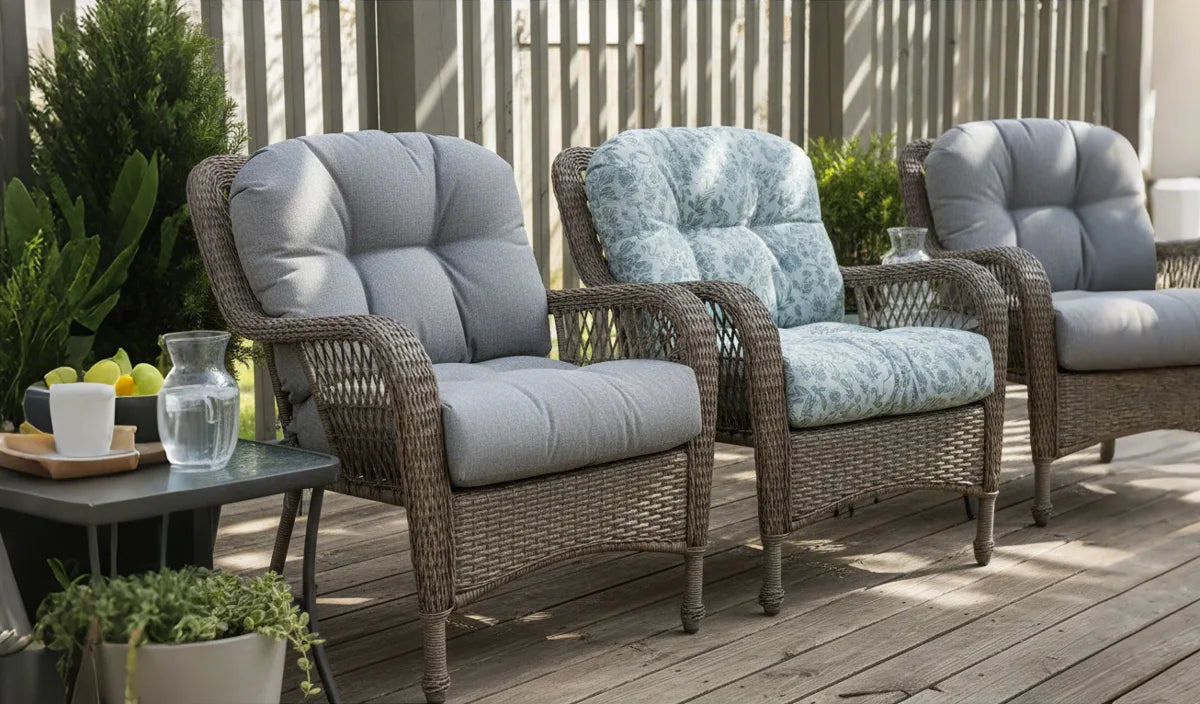
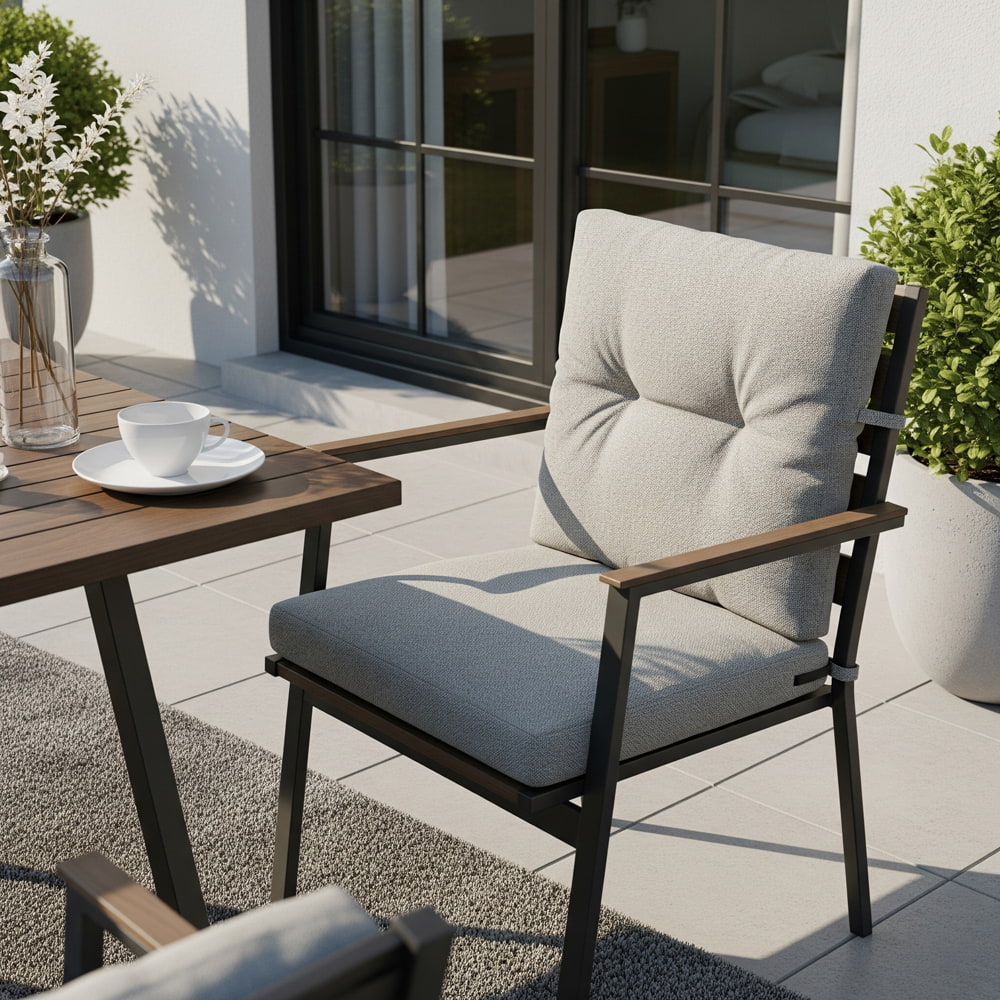


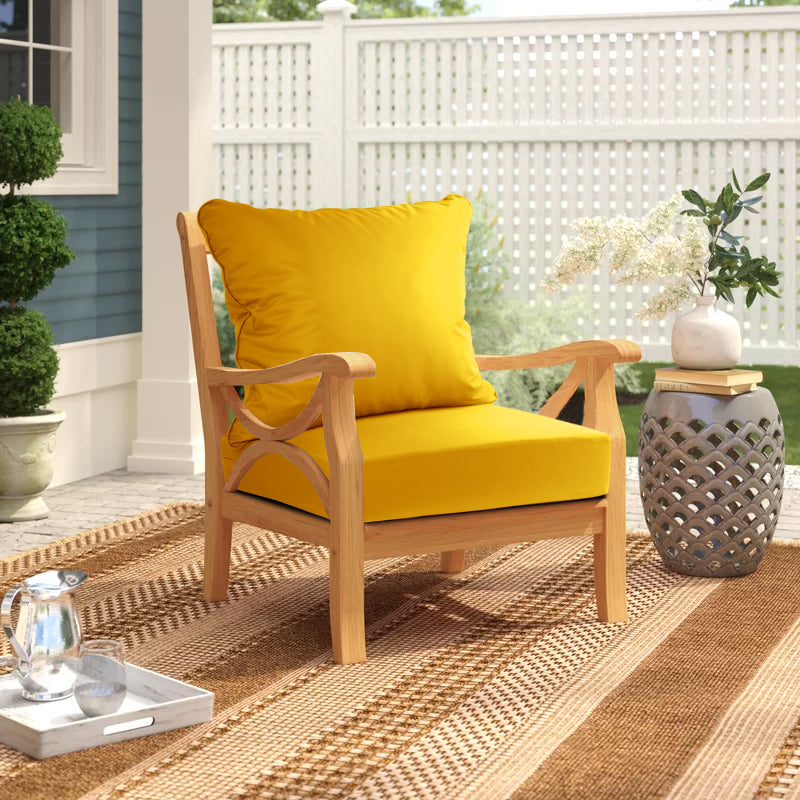
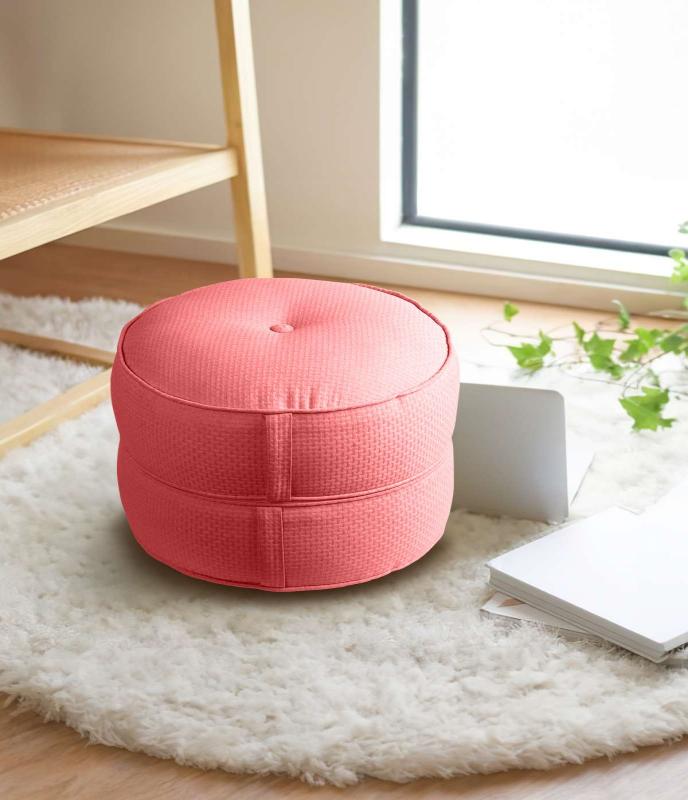
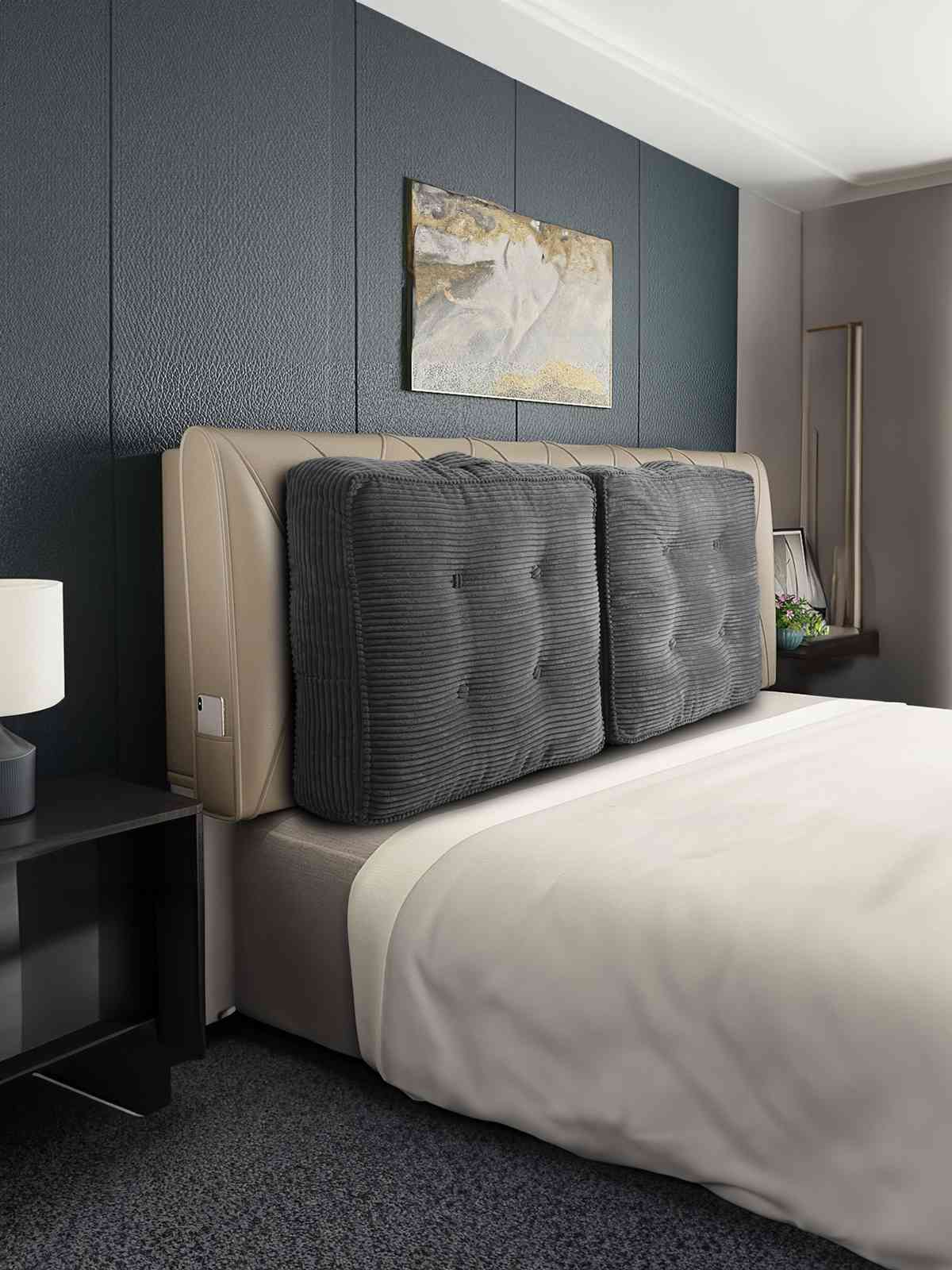
Leave a comment
All comments are moderated before being published.
This site is protected by hCaptcha and the hCaptcha Privacy Policy and Terms of Service apply.